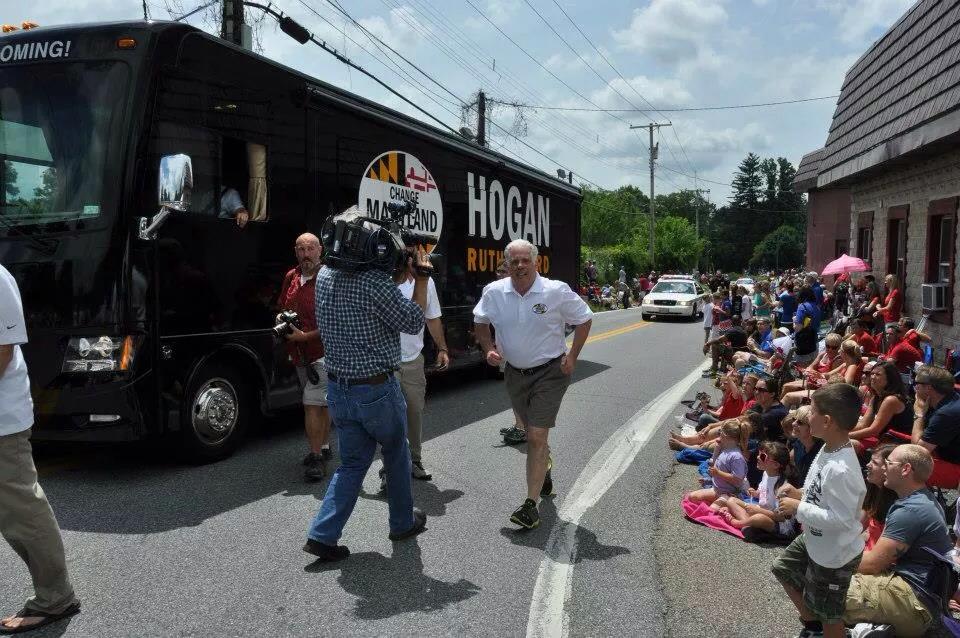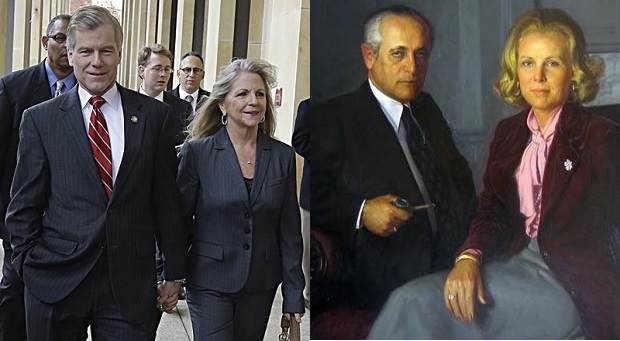The Montgomery County Council passed its “More Housing N.O.W.” zoning reform on July 22, hailed by supporters as a bold move to address housing affordability. By allowing duplexes, triplexes, and other so-called “Missing Middle” options along transit corridors, the Council says it’s breaking down exclusionary barriers and giving working families a shot at living where they work.
But if you believe this addresses affordability, I’ve got a 25-acre gentleman’s “farm” near Poolesville to sell you.
The Council’s new zoning change permits denser housing—yes—but only in pre-selected areas near transit. It spares the vast, leafy neighborhoods that already enjoy generous public services, top schools, and open space.
However, if the Council were serious—dead serious—about making housing in Montgomery County more affordable, they wouldn’t be rearranging duplexes in Silver Spring.
The Council would instead be ready to touch Montgomery County’s holiest of sacred cows, the Agricultural Reserve.
There’s something weirdly poetic about the fact that you can’t afford to live in Montgomery County because know-it-all progressives decided horse farms were more important than people.
These are not the type of farms that feed you, mind you. Or farms that make a dent in the region’s food supply, other than the occasional high-end “farm-to-table” restaurant. No, what Montgomery County has instead is a sprawling, government-protected, preservationist fantasy: the Agricultural Reserve. It’s 93,000 acres – nearly 150 square miles- of mostly private land. And, according to the county, 10,000 horses.
The idea, of course, was noble — in the way that ideas born in faculty lounges usually are. Save green space. Stop sprawl. Protect the environment. All worthy goals, until you realize what it actually means: telling working- and middle-class people they can’t live near where their jobs are. If you’re a county employee, a teacher, a nurse, or — God forbid — work at a “for-profit,” you’d better hope you inherited a house or enjoy spending hours each day on I-270 or the Beltway.
Curiously, Maryland progressives are now perfectly willing to mandate quasi-industrial uses in the Reserve — like solar farms — but not affordable housing for actual human beings. Rows of panels filled with lead, cadmium, and other heavy metals? Sure – that’s the consequence of the Renewable Energy Certainty Act that Wes Moore signed into law on May 20th. The law mandates that local zoning can be overruled by the state to permit solar farms.
A modest bungalow? Absolutely not.
Let’s do the development math. Take 1,000 acres — just over 1% of the Ag Reserve. Build it out at the density of Takoma Park, and you could house 12,500 people. We’re not talking about turning it into Mumbai. We’re talking about front porches, backyard grills, and maybe even an electric vehicle (EV) other than a Tesla of course, with a “Coexist” bumper sticker.
Worried about sprawl? Fine. Cut the population in half. Give every house a 50-by-50-foot backyard, plus space for a garage. That’s still home to over 6,000 people. Actual humans with families, not hypothetical stakeholders in some visioning session. People who currently have to drive in from Hagerstown or squeeze into someone’s overpriced accessory apartment in a former garage in Silver Spring.
However, let’s be honest: the Agricultural Reserve isn’t about agriculture. It’s about control. It’s about aesthetic preferences dressed up as moral imperatives. It’s about the same set of people getting to say, “No, you can’t live here,” while patting themselves on the back for caring about the environment and inequality.
But what’s more environmentally damaging — some clustered housing with existing infrastructure or forcing thousands of people to drive 50 miles a day because they can’t afford to live near where they work?
The result? A county that’s both wildly expensive and increasingly segregated by class. A county where we talk a big game about diversity and inclusion but enforce a land-use policy that guarantees exclusion.
This isn’t a call to pave over everything. But it’s a call to stop pretending that land use policy and social justice are automatically aligned. In Montgomery County, they’re often at war — and right now, the kale and snob zoning are winning.






It’s been 45 years since our County Council and Park and Planning had the vision and the foresight to create our Agricultural Reserve. Caroline numbers listed in the above comment are spot on and I would hope that anyone that would post a statement like this would have done more homework.
We have a vibrant group of ag producers that during convid stepped up production to make sure the folks that really needed food support had the nutrition they needed.
Our farmers are some of the best in the country. They use the most modern equipment and technology to ensure their operations are delivering high quality food for people and the animals that are grown in the mid Atlantic region.
I suggest you visit the next farm tour and stop by the barns at our county fair in
Gaithersburg. It starts next Friday.
My name is Bob Cissel and I’m the executive director of Montgomery Agricultural Producers.
It would probably be helpful if one did a little research before writing a piece like this. ?
A few stats from the US census of agriculture:
Montgomery County has 330 farms producing Table crops-
228 livestock operations:
raising beef, dairy, sheep, goats, poultry, hogs & pigs. Local dairy and meat products can be found at on-farm markets, regional city farmers markets, through community supported agriculture (CSA) subscriptions, or at local retailers.
Commodity production includes: corn, wheat, barley, soy, sorghum (and before someone says this isn’t food, well do the research)
Agriculture is the biggest employment sector in the reserve employing over 10,000 people
Market value of products produced is over 70 million annually
48% of farmers (owner operators) are women
65,537 acres are in farming
More information can be found at Montgomery County office office of agriculture:
I serve his executive director of
https://www.mocoalliance.org/mhome.html
Timely note- this weekend is the annual summer Farm tour
https://www.montgomerycountymd.gov/agservices/farm-to-table/farm-tour.html
The Blue Bloods in the Ag Reserve will NEVER allow building in their backyard
See comment that I posted in response to the opinion piece. Seems like a tour might be a good opportunity for you as well.